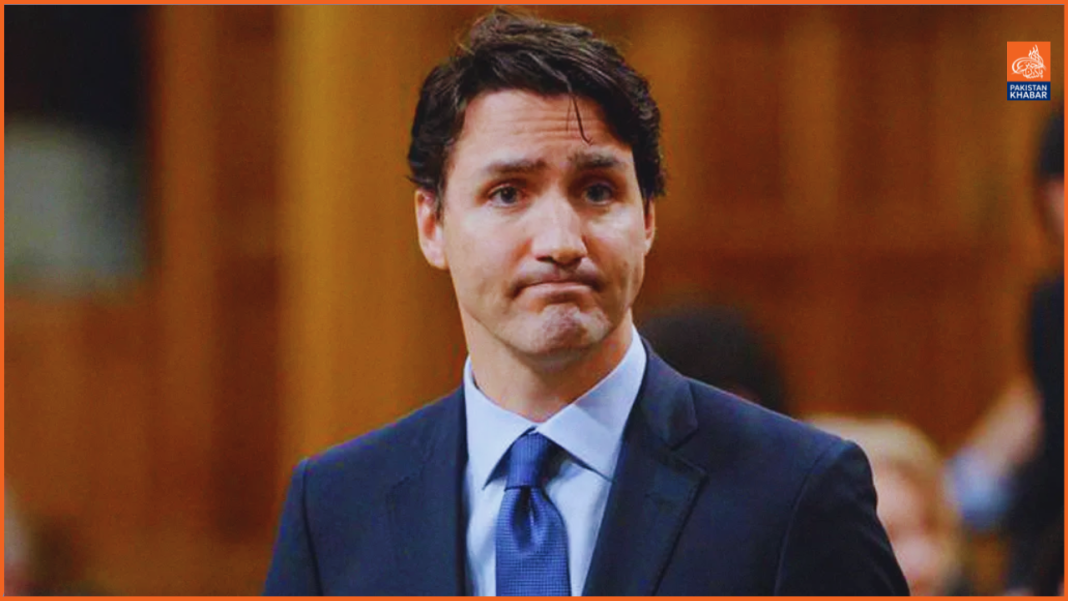On Thursday, Canada announced a significant cut in its immigration targets, marking a notable shift in policy as public sentiment on new arrivals shifts. Known for its welcoming stance toward immigrants, including many from developing nations, Canada’s policy change follows a period of record population growth. According to the national statistics agency, Canada’s population rose by 3.2% between 2023 and 2024—its highest annual increase since 1957—largely driven by new arrivals.
Prime Minister Justin Trudeau explained that while the influx has helped the economy recover from COVID-19 disruptions, a temporary reduction is needed to stabilize growth. This pause aims to give federal and provincial governments time to make essential investments in healthcare, housing, and social services to support future population increases.
The updated targets are significantly lower than previously planned; instead of 500,000 new permanent residents annually by 2025, the revised figures now anticipate 395,000 arrivals next year, dropping to 380,000 in 2026 and 365,000 by 2027. Immigration Minister Marc Miller highlighted that this approach reflects a unique initiative to manage population growth deliberately, allowing for strategic adjustments to resources and infrastructure to sustain long-term immigration.




